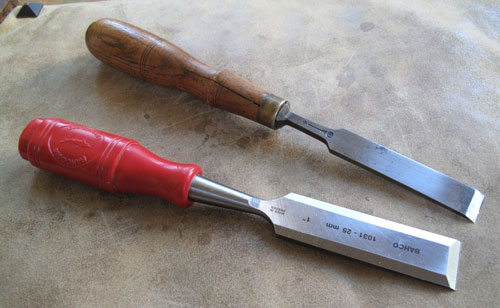
SOLD: This is a great saw. I hate to sell it. But I have more dovetail saws than anyone needs. This is a Wenzloff & Sons dovetail saw that he built as part of the John Kenyon collection — a nest of saws that follows the saws purchased by Benjamin Seaton.
The handle is beech and is well-shaped. The sawplate is straight, clean and the teeth are sharp (15 ppi). What more do I need to say? It’s a great dovetail saw. Sigh.
Price: $100 plus domestic shipping.
About Tool Sales on My Blog
Please read this if you are interested in buying a tool. Why am I selling these tools? Read this entry before you freak out. There is no “master list” of tools that I can send you. I am working through several piles of tools and will list them when I can.
Want to see only the tools that haven’t sold? Easy. I’ve created a category for that on this blog. Click here and bookmark that page. When you visit that link, you’ll see only the tools that haven’t been sold.
While you can ask me all the questions you like about the tool, the first person to send me an e-mail that says: “I’ll take it,” gets the tool. Simple. To buy a tool, please send me an e-mail at christopher.schwarz@fuse.net.
Payment: I can accept PayPal or a personal check. As soon as the funds arrive, I’ll ship the tool using USPS. If you want insurance, let me know. I’m afraid I can only ship tools in the United States. Shipping internationally is very time-consuming and paperwork-heavy. My apologies in advance on this point.
If you don’t like the tool when you get it, I’ll be happy to refund your money if you return the tool. But postage is on you.
— Christopher Schwarz







